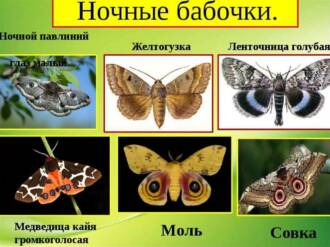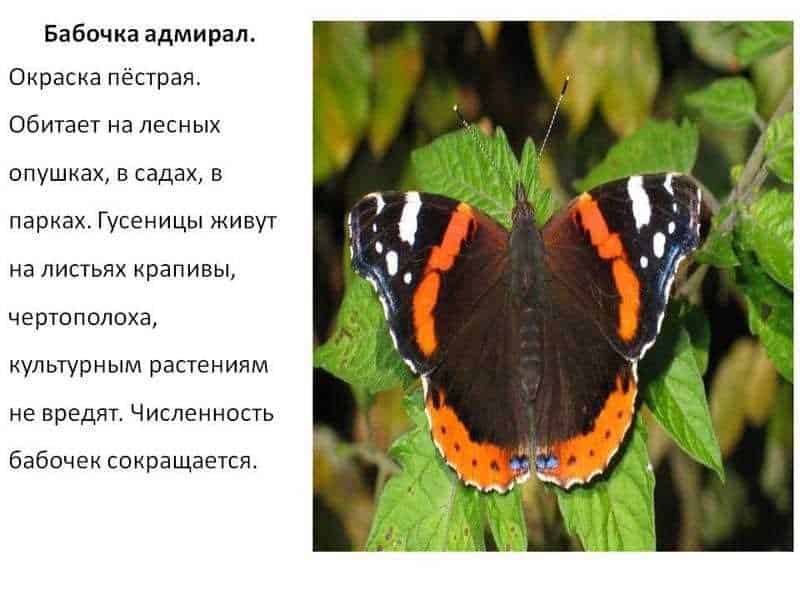
Diurnal butterflies are a group of insects belonging to the order Lepidoptera. They differ from their closest relatives, the moths, in that they are active during the day. Their wings are usually painted in bright and varied colors, which makes them unique and easily recognizable.
There are a huge number of species of diurnal butterflies, and each of them has its own characteristics. Some of them, for example, migrate over long distances, covering thousands of kilometers. Other species may mimic the appearance of other insects or even birds to scare off their predators.
One of the most famous species of diurnal butterflies is the monarch. Its bright orange wings with black outlines immediately catch the eye. These butterflies migrate over several generations, covering vast distances from their birthplace to their wintering grounds.
Diurnal butterflies play an important role in the ecosystem. They are pollinators of many plants, helping them to reproduce. In addition, they serve as a food source for birds, lizards and other predators. However, some species of diurnal butterflies are under the threat of their extinction due to the destruction of their natural habitat and environmental pollution.
The study and protection of diurnal butterflies are important tasks for the conservation of the biodiversity of our planet. Observing their behavior and migrations allows scientists to gain new knowledge about nature and its laws.
What is a diurnal butterfly?

Diurnal butterflies are a group of insects that are active during the day and are different from their fellow moths. They belong to the order Lepidoptera and are among the most beautiful and diverse representatives of this group of insects.
One of the main features of day butterflies is their bright coloring. They can be of various colors: from bright red and orange to blue and green. This bright coloring helps them attract attention, scaring off predators and attracting partners for reproduction.
Diurnal butterflies have a fragile body with wide wings covered with tiny scales. They are able to fly long distances, so they can be found almost everywhere - in forests, gardens, fields and even in the urban environment.
There are a huge number of species of diurnal butterflies in the world. They differ not only in color, but also in size, shape of wings and lifestyle. Some species of butterflies migrate great distances, others prefer to stay in one place.
Description of the day butterfly
Diurnal butterflies are a group of butterflies that are active during the day. They differ from their relatives, the nocturnal butterflies, not only in their active behavior during daylight hours, but also in their bright and varied colors.
Diurnal butterflies can have different wing shapes and sizes. Some of them have wide and strong wings that allow them to fly quickly and maneuverably, others have more delicate and graceful wings that help them glide through the air smoothly.
One of the features of diurnal butterflies is their ability to perceive colors and navigate in space with the help of vision. They have developed bright eyes that allow them to see a wide range of colors and to distinguish details on colored flowers.
Most diurnal butterflies are nectar feeders and feed on the nectar of flowers. They play an important role in plant pollination and pollen distribution. Some species of diurnal butterflies can also feed on plant sap or even other insects.
What types of diurnal butterflies exist?

Diurnal butterflies are a diverse group of winged insects that can be painted in the brightest and most varied shades. Among diurnal butterflies, several main species can be distinguished.
1. Apollo
Apollo is one of the largest species of day butterflies. Its wings are transparent with frequent black stripes and spots. Apollo has a powerful flight and is a good swimmer.
2. Blue blizzard
Blue Blizzard - This butterfly is known for its delicate blue wings. It lives in forested areas and fields, where it feeds on flower nectar. The Blue Blizzard is also known for its long-distance migration.
3. Cabbage
The cabbage white is a species of butterfly that gets its name from its preference for cabbage plants. It is yellow and white with black stripes and spots. The cabbage white is one of the most harmful pests of agricultural crops.
4. Monarch
The monarch is a species of butterfly that makes a dramatic impact with its bright orange wings outlined in black. They are long-distance migratory and can travel up to 4,000 kilometers in search of breeding and feeding sites.
All these types of diurnal butterflies are unique creatures with their own characteristics and beauty. They play an important role in the ecosystem, pollinating plants and being a food source for other animals.
Features of the diurnal butterfly
Diurnal butterflies differ from their nocturnal relatives not only in activity during the daytime, but also in a number of other features.
Color Variety
Daytime butterflies amaze with their bright and varied colors. They come in a wide range of colors ranging from soft pinks to bright reds, pale yellows to deep oranges, as well as eye-catching combinations and patterns.
Antennas
In diurnal butterflies, the antennae have a characteristic shape, consisting of many segments. They are usually elongated and thin, which allows butterflies to deftly navigate in space and find food.
Wings
The wings of diurnal butterflies are light and transparent, thanks to which they can fly quickly and maneuverably. In addition, various patterns are often present on the wings, which help butterflies to camouflage themselves or warn predators of their poisonousness.
Digestive system
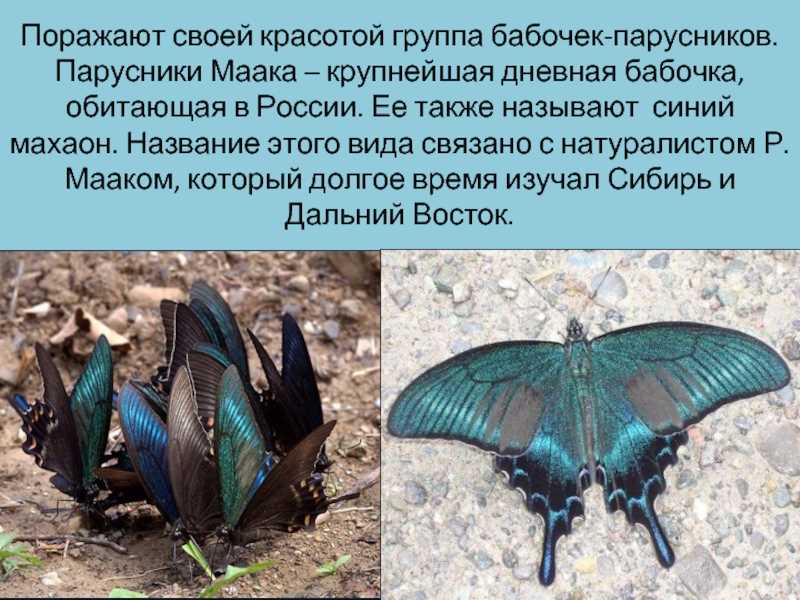
In diurnal butterflies, the digestive system is represented by a proboscis, which allows them to suck nectar from flowers. This helps the butterflies to get the necessary nutrients and energy for active daily activities.
What characteristics distinguish diurnal butterflies?
Diurnal butterflies, unlike their nocturnal counterparts, are active during the day and are able to fly in bright sunlight. One of the main characteristics of diurnal butterflies is their bright coloration. They have varied and vibrant colors that help them attract attention and deter predators.
Another characteristic of diurnal butterflies is their activity. They often fly from flower to flower in search of nectar, which helps them to feed and replenish energy. Diurnal butterflies also have more developed wings and muscles, allowing them to fly longer distances and remain stable in flight.
In addition, diurnal butterflies have specific antennae. They have small grooves and protrusions on their antennae that help them capture scent molecules and navigate in space. Such antennae allow diurnal butterflies to find nectar-bearing flowers and breeding partners.
What do butterflies eat?
Diurnal butterflies feed on a variety of plants, using their long mouthparts to suck nectar. They are important plant pollinators as they carry pollen from one flower to another.
Nectar — the main food source for day butterflies. They choose flowers that contain large amounts of nectar and have attractive scents. Often the preferred feeding plants are flowers rich in sugar, such as lavender, violet, elder and sunflower.
plant juices can also be a food source for diurnal butterflies. Some species can drink juices from damaged stems and leaves of plants, receiving not only nutrients, but also moisture.
Some species of diurnal butterflies, such as satin butterflies, feed only on the juices of fruit plants such as orange, pear or pineapple. They may drink juices that flow from damaged fruits or drink nectar from ripe fruits.
Consequently, the food preferences of diurnal butterflies vary depending on the species and available plants in their environment.
What are the breeding characteristics of diurnal butterflies?

Reproduction of diurnal butterflies is a complex and fascinating process that occurs in several stages.
The most important stage of reproduction is the laying of eggs. Diurnal butterflies lay their eggs on various plants, which are food for their caterpillars. They choose places where they will be as safe as possible for the development of offspring. The number of eggs that one butterfly lays can reach several hundred.
After the eggs are laid, they hatch into caterpillars. Caterpillars of diurnal butterflies have appetizing appetites and actively feed on plant foods. They can eat a large amount of leaves to gain strength for the subsequent transformation into a chrysalis.
The pupa is the next stage in the development of diurnal butterflies. The caterpillar turns into a chrysalis, in which important changes take place. Metamorphosis occurs inside the chrysalis, and after a while, a fully formed butterfly hatches from it.
The hatched butterfly flies up to continue the breeding cycle. She is looking for a mating partner to lay new eggs and continue the breeding cycle. Butterflies diurnal have different strategies for finding a partner, which depend on their species and behavior.
What are the enemies of diurnal butterflies?
Diurnal butterflies have several natural enemies that pose a danger to their survival and reproduction.
1. Birds

One of the main enemies of diurnal butterflies are birds. They actively hunt butterflies using their sharp beaks and quick reactions. As soon as the bird notices a butterfly in flight, it immediately carves it and eats it. Birds can be especially dangerous to butterflies in open spaces where they cannot find shelter.
2. Spiders
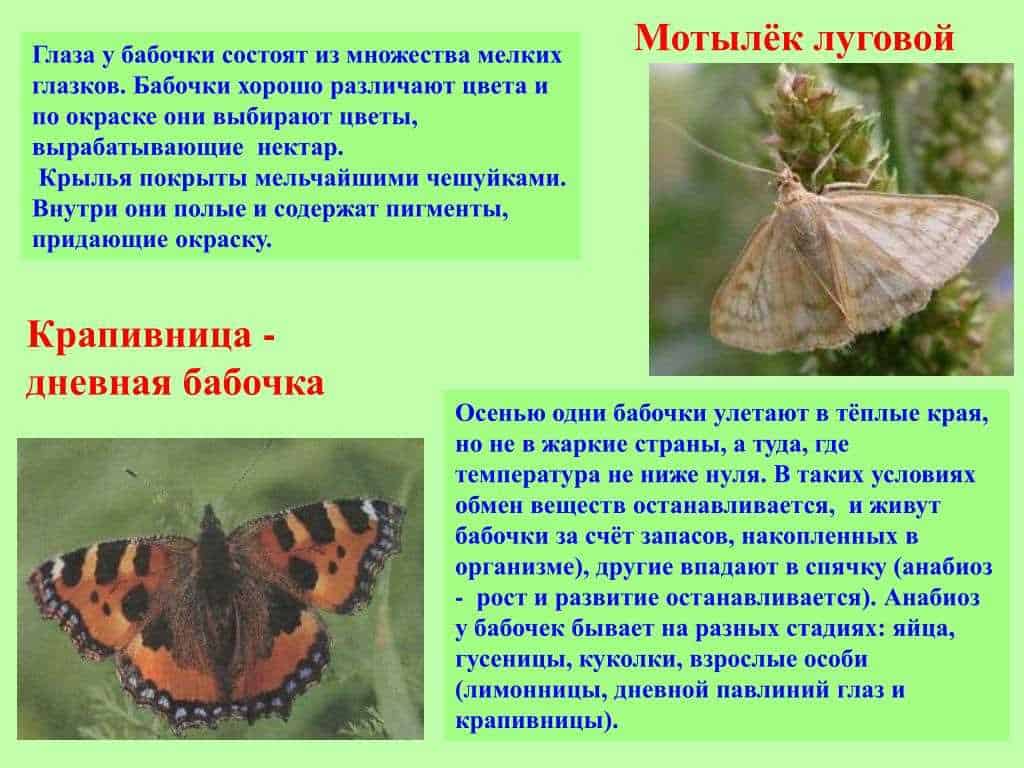
Another enemy of diurnal butterflies are spiders. They build webs that serve as traps for butterflies and other insects. When a butterfly gets stuck in a web, the spider immediately approaches it and starts spinning its prey. Spiders can be especially dangerous to butterflies that accidentally get caught in their webs.
3. Predatory insects

The enemies of diurnal butterflies are also other predatory insects such as wasps and beetles. They may attack butterflies and try to eat them. Predatory insects usually live in grass or plants, where they can wait for their prey and attack it suddenly.
All of these enemies pose a serious threat to diurnal butterflies, so they must be careful and constantly on guard.
What dangers await diurnal butterflies?
Diurnal butterflies, despite their beauty and elegance, face various dangers in their lives.
One of the main dangers is the predation of other animals. Many birds, lizards, and insectivores prey on diurnal butterflies, using their bright colors as a signal that tasty food is available.
In addition, diurnal butterflies are subject to environmental factors. Climate change, air pollution and the destruction of their natural habitats are having a negative impact on diurnal butterfly populations. They are faced with a lack of food, deteriorating conditions for reproduction and survival.
In addition, diurnal butterflies are also endangered by human activities. Development of land, use of pesticides and intensive use of agricultural land lead to a reduction in their number and diversity. Butterflies also face the danger of being hit by cars, especially during their migrations.
In order to save diurnal butterflies, measures must be taken to preserve their natural habitats, reduce pollution and limit the use of pesticides. It is also important to be aware of the importance of butterflies in the ecosystem and take steps to protect and conserve them.
What places do diurnal butterflies prefer?
Diurnal butterflies live in various places, preferring certain conditions for their habitat. They choose places where there is enough sunlight, as they are diurnal creatures and receive energy from the sun's rays.
Meadows and fields. Most diurnal butterflies prefer to live in meadows and fields where there are enough flowers and plants for food. They can be found both in open meadows and in fields with various crops.
Gardens and parks. Diurnal butterflies can also live in gardens and parks, especially if they are planted with flowers that attract butterflies. These are places where they can find abundant food and shelter.
Forest glades. Some types of diurnal butterflies prefer to live in forest clearings, where there is enough sunlight, but also there is shelter from predators. They can be found both in naturally formed clearings and in artificial clearings created by man.
Reservoirs. Some diurnal butterflies may live near bodies of water such as lakes, rivers, and ponds. In these places they can find food and look for partners for reproduction.
Mountain regions. Some species of diurnal butterflies prefer to live in mountainous areas, where there are special conditions for their existence. It can be alpine meadows, alpine meadows or mountain forests.
Deserts and steppes. Some species of diurnal butterflies can live in extreme environments such as deserts and steppes. They find food and shelter among plants adapted to such conditions.
How to protect diurnal butterflies in nature?
Butterflies are delicate and colorful creatures that are an important part of the ecosystem. They perform a number of useful functions, such as pollinating plants and serving as food for other animals. To protect these beauties in nature, several measures must be taken:
1. Create a natural habitat
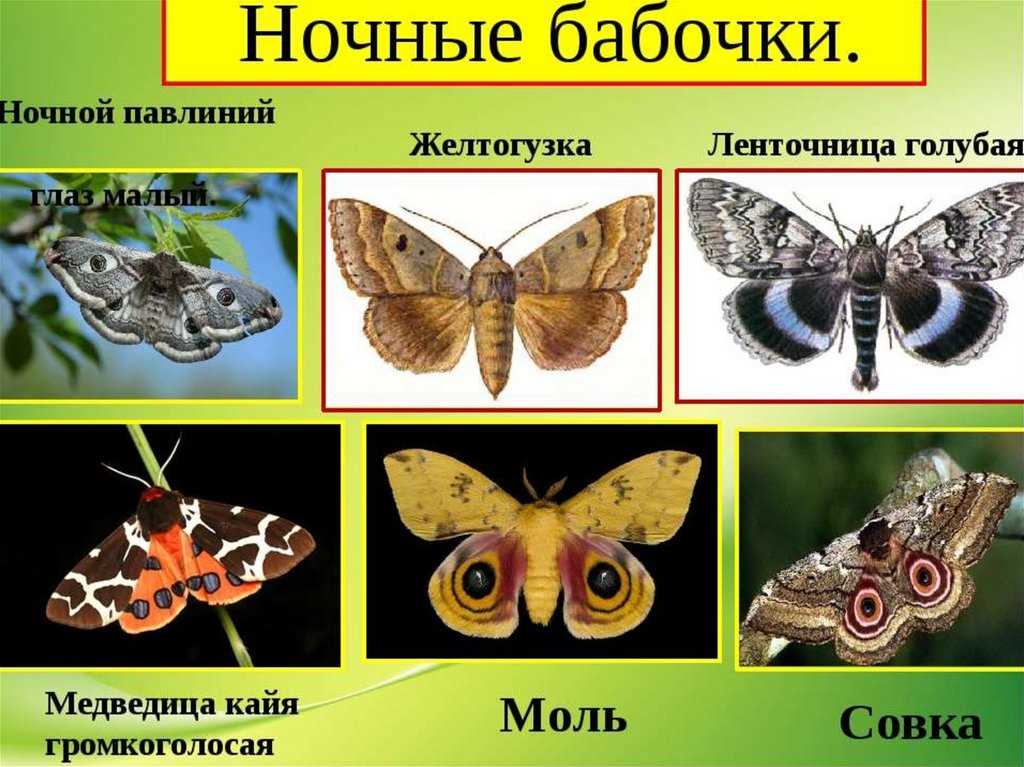
Diurnal butterflies need a specific habitat for living and breeding. To protect them, it is necessary to preserve and restore natural habitats, such as meadows, fields, forest edges and gardens with a wide variety of plants.
2. Prohibition of the use of pesticides
Pesticides can have a devastating effect on diurnal butterflies, destroying their natural food and causing them harm. In order to save these beautiful insects, pesticide use must be phased out and safer alternatives for pest control must be used.
3. Support for breeding and conservation programs
There are special breeding and conservation programs for diurnal butterflies that help increase their numbers and diversity. Supporting and participating in such programs can go a long way towards protecting these beautiful insects in the wild.
Preservation of day butterflies in nature is an important task that requires joint efforts of society, the state and scientific organizations. Only by joint efforts can we ensure the preservation of these beautiful creatures and preserve the biodiversity of our planet.
Read more:

